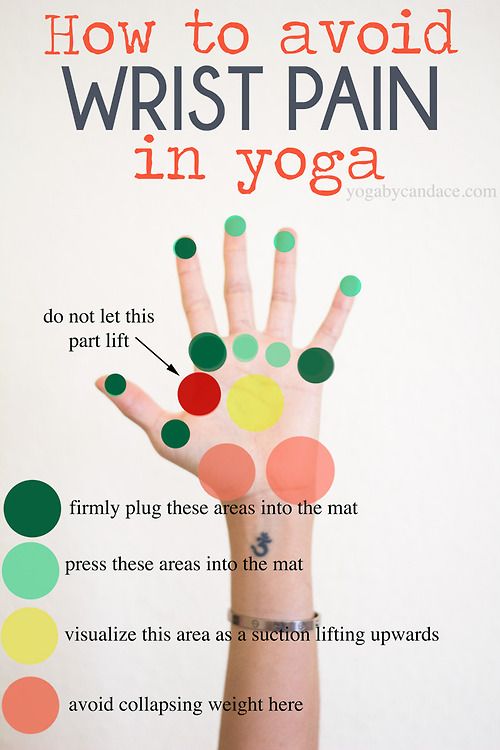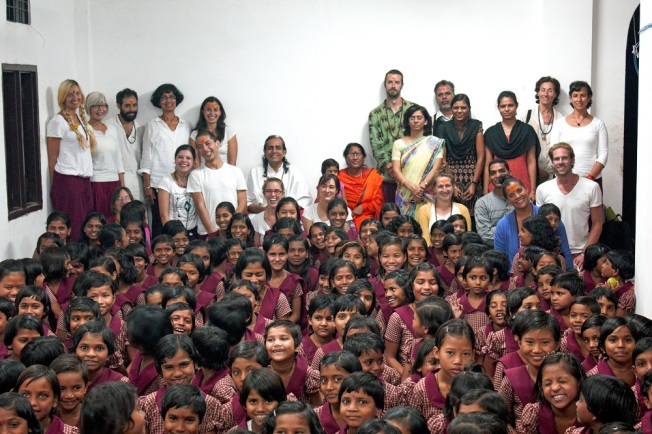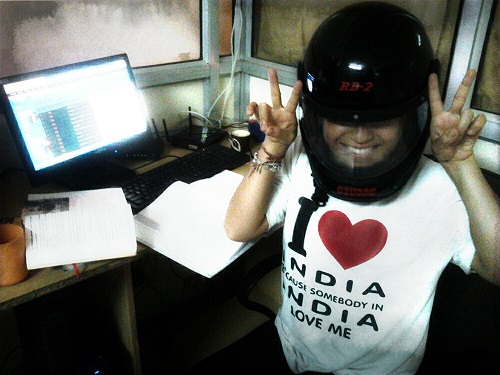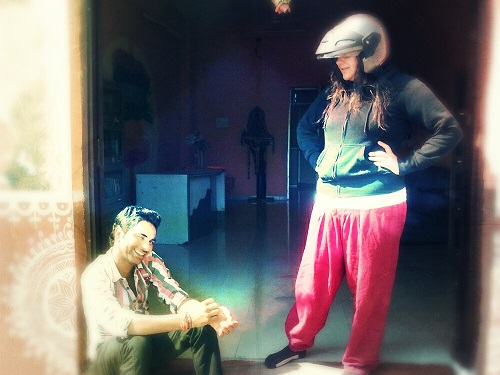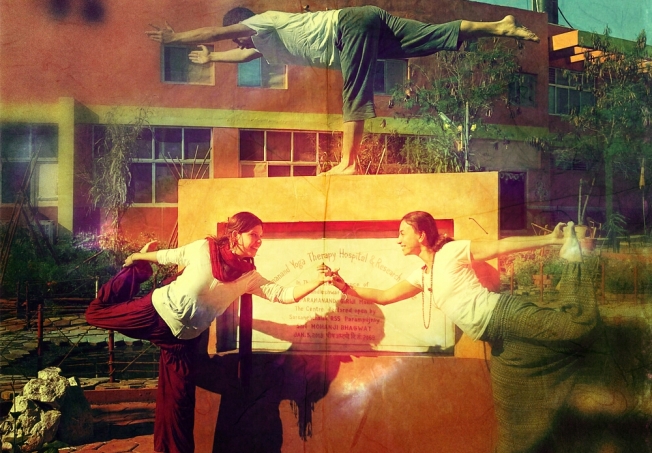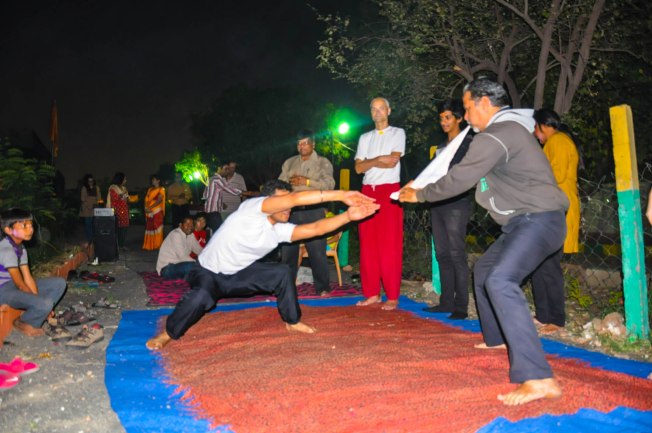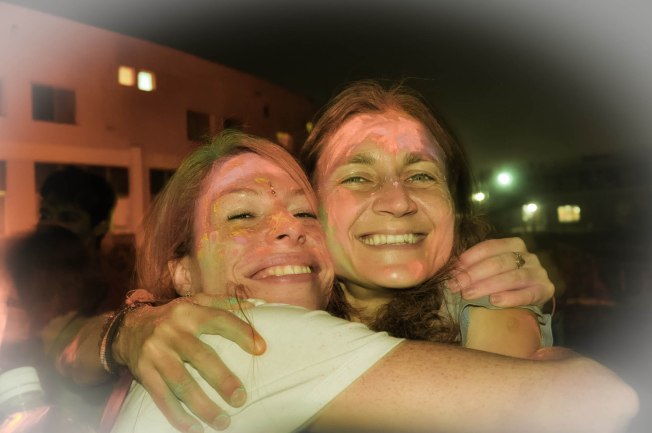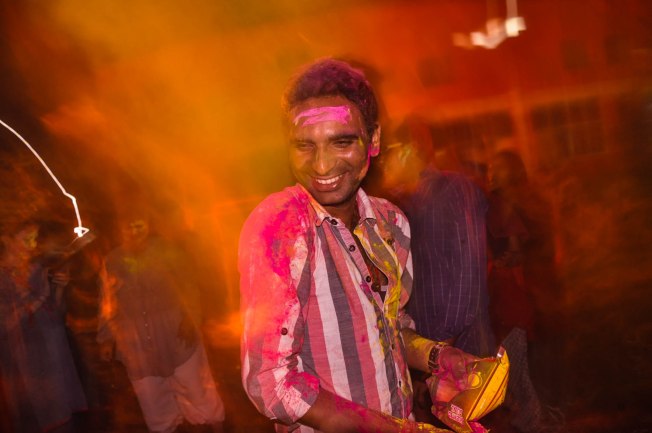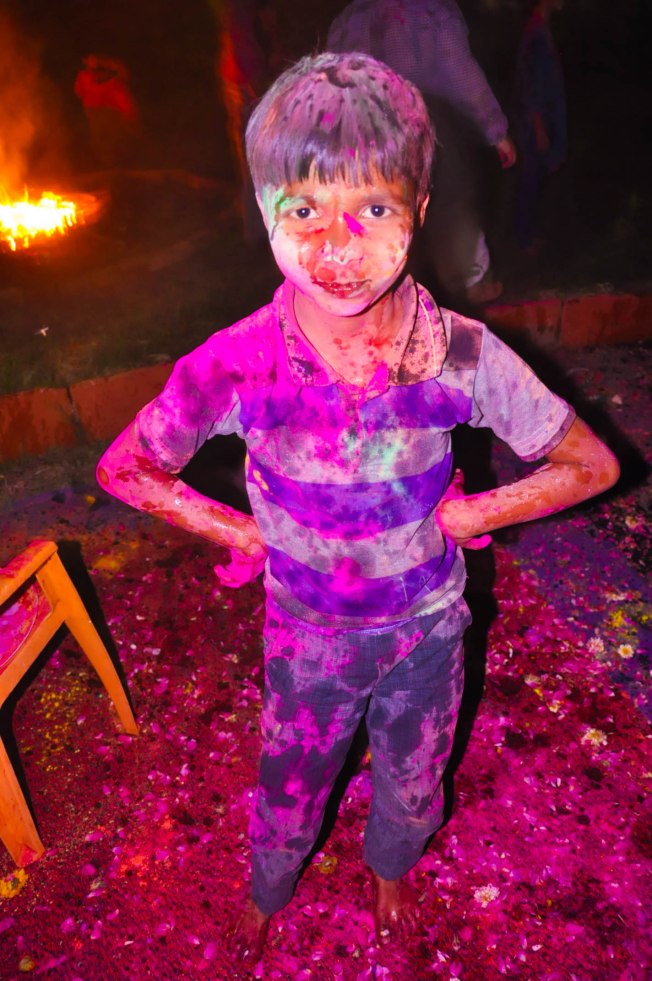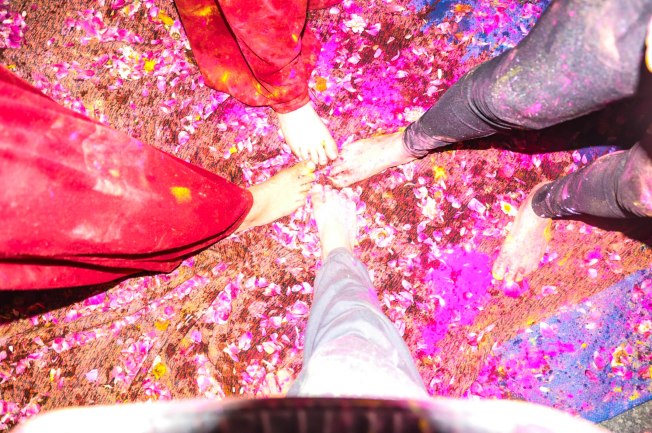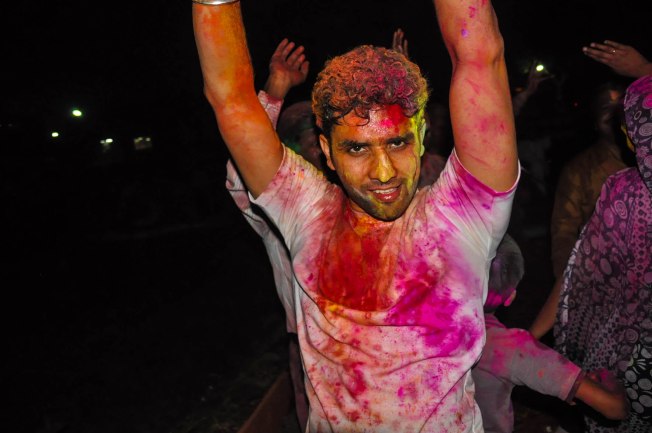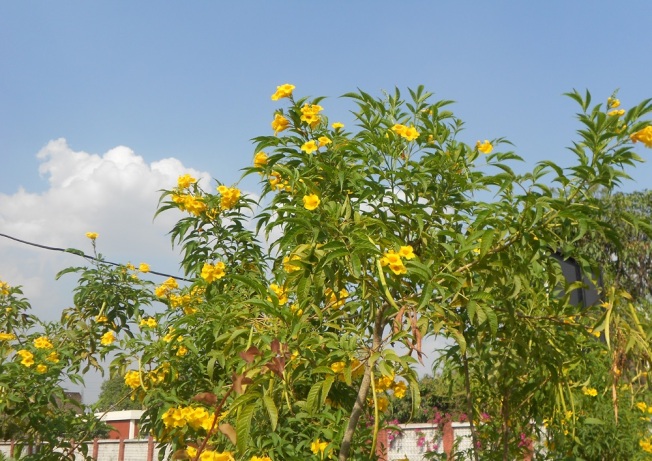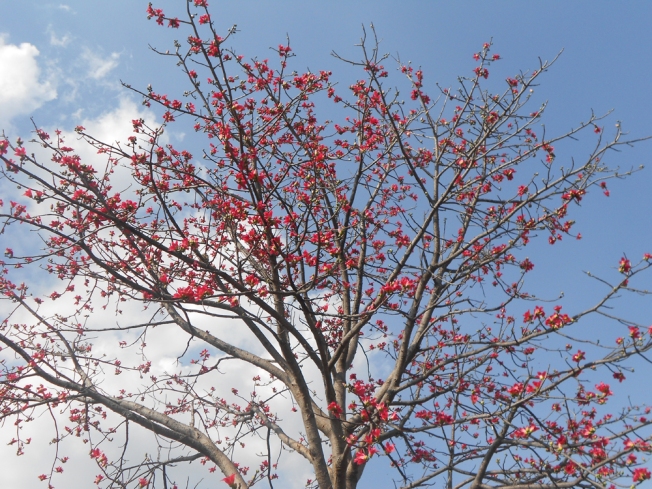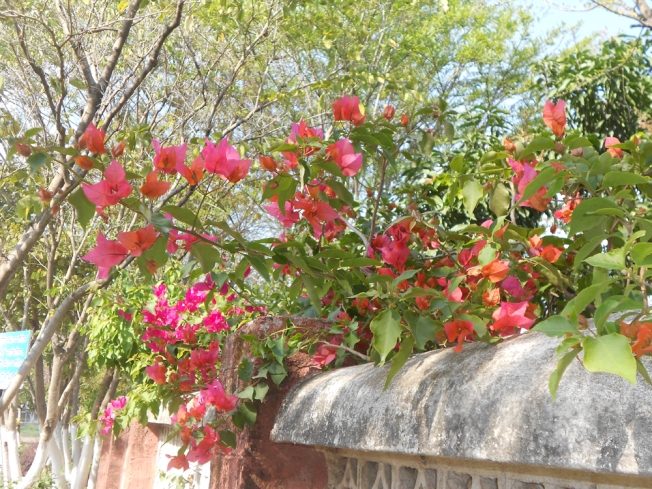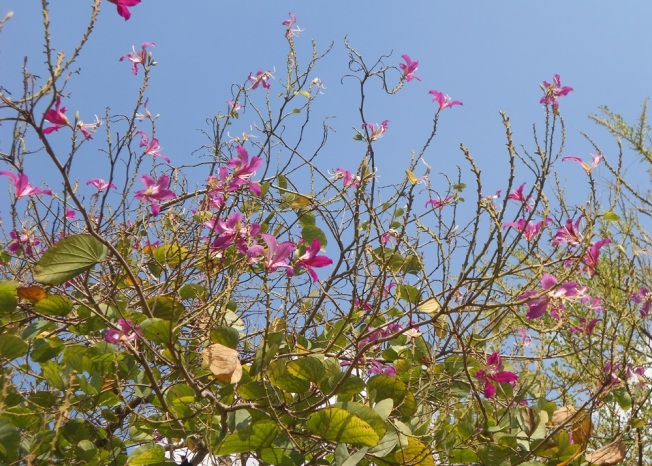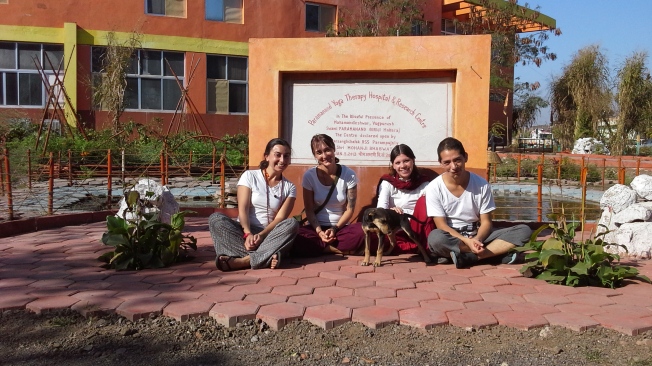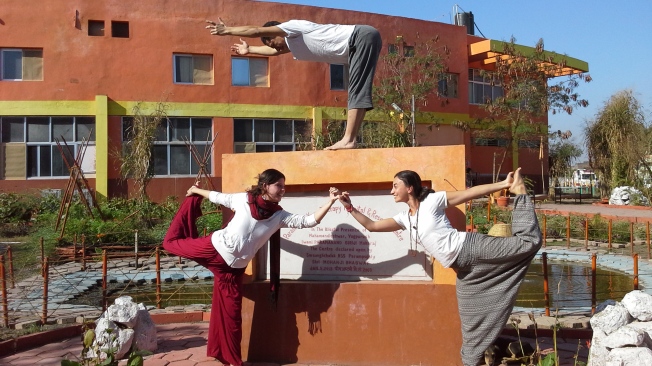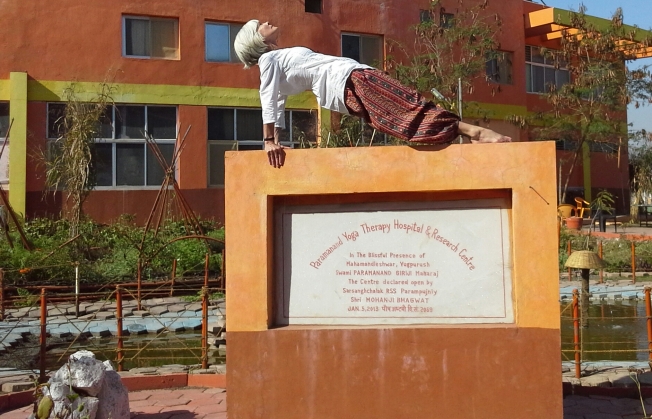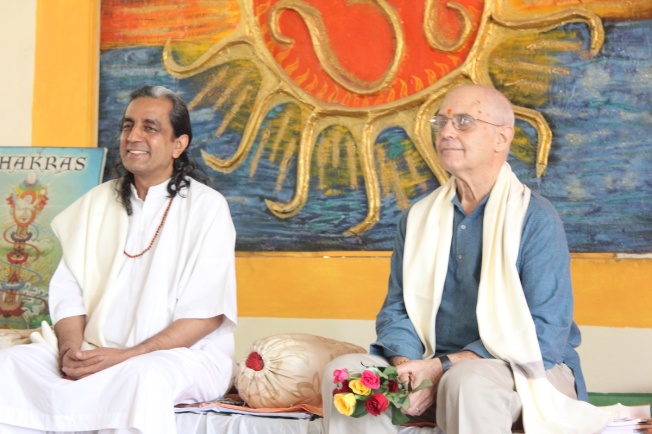Nada Anusandhan
O Nada Anusandhan, Salutation to you, you are the means to attain the
Essence and the Supreme Abode. With your grace my mind and breath dissolves in the Supreme Abode of Vishnu. ||4||
Nada Anusandhan comprises of two Sanskrit words. Nada means the ordinary sound to the sound of consciousness, ॐ. Anusandhāna means investigation or inquest of the supreme sound. Nada Anusandhan is an awakening and dissolving process of individual self with Supreme Self. Through Nada how one can connect individual energy to the supreme energy can be termed as Nada Anusandhan. There are many classical examples and evidences that through Nada Anusandhan one can easily attain the self-enlightenment or the ultimate yoga (union). Ultimate Union is very difficult and rarest happening in one’s life. But this process is very effective, easy and rewarding to attain the goal.
When we succeed in accomplishing one of the most difficult missions, we extend our heartiest thanks and gratitude to the one who helped in achieving the goal.
Adi Shankara Acharya extends his full respect, honour and gratitude to Nada Anusandhan. He is not saying that Nada Anusandhan is a dead or unconscious process or ordinary technique. He has offered his deepest salutation as if, Nada Asnusandhan is a live and conscious being, and who is much higher than an individual. That is why he also places Nada Anusandhan on the top of the list of one hundred thousand laya techniques.
Vishnu Pada is the highest abode of consciousness. Lord Vishnu is not an ordinary statue or deity but is symbol of supreme consciousness. Vishnu is the sustainer of the creation. Vishnu is said to be the originator of the creation. Vishnu is beyond the trigunas on a consciousness level. Pada means the feet or step. Whenever someone is at the refuge or love with somebody it is experienced that we should surrender to his or her lotus feet, to conquer the heart of our beloved. This allows one to merge or dissolve with the supreme. Successful Nada Anusandhan led us to the lotus feet of Vishnu, the consciousness.
Yogic Shvsan Ang Sanchalan
Yogic Shvsan Ang Sanchalan (Yogic exercises)
Our body parts are made up of combining many cells together and our body is made up of combining all these parts together. If, we want to keep our body healthy then we have to make our each and every part healthy and if we have to make our each and every part healthy then we have to make each and every cell also healthy. Like when we don’t use our vehicle then all the parts in the vehicle gets rusted. Rusted vehicles either do not move at all or move with difficulty as normal.
Our body is also like this vehicle we have many systems in our body and many parts. These parts should keep getting new energy and peace at a regular basis. If these parts do not get energy on regular basis then they will stop working in normal way and they will start getting rusty and will get stiff and painful.
If our body parts are not working properly then it directly affects our body, mind and life. If some parts are sick and are not complete then our life also becomes incomplete. Our Yogis and Rishis have said if we do yogic Ang Sanchalan then our body parts will get healthy and energetic and in turn will lead to healthy body, mind and senses.
When we do Ang Shanchalan then besides our body parts our joints also get stronger and get more energy .This energy gives us new hope and happiness. With these exercises our joints, blood and all body parts get more flexibility besides energy. When the flexibility increases in the body then it gets easy to do yogic Asana and pranayam, etc. and we get better results. Body gets free from stiffness, tightness, soaring, weakness and pain.
Yogic Ang Sanchalan is a very important part of yoga practice and we should include this in your practice and make full use of it.
Yogic Shvsan Ang Sanchalan (Yogic Breathing-Limbs-Movement)
| SN | Actions | Rounds |
| 1, | Brahma Mudra Variation 1 : Exhale head down : Inhale head up | 5 |
| 2, | Brahma Mudra Variation 2 : Inhale Face Center; Exhale Face Left / Right | 5 x 2 |
| 3 | Brahma Mudra Variation 3 : Inhale Face Center: Exhale Ear to left/right shoulder | 5 x 2 |
| 4 | Brahma Mudra Variation 4 : Rotate the Head: exhale foreword /inhale backward | 11 x 2 |
| 5 | Kandh Sanchalan -Shoulder Rotation in saman mudra | 5 x 2 |
| 6 | Vaksh-vistaar – Chest Expansion | 11 |
| 7 | Kati Chakrasan – Waist Twist | 11 x 2 |
| 8 | Ardh Kati sanchalan – waist movements | 11 x 2 |
| 9 | Pind Sanchalan – Rotate body from waist (Only before & after disabled) | 11 x 2 |
| 10 | Nitambh sanchalan – hips movements | 11 x 2 |
| 12 | Nitambh chakrgati – hips rotation | 11 x 2 |
| 13 | Lahar / Tarang Asan – hips movement while dancing | 11 |
| 14 | Pad uttith (legs raised on side by side) (disabled should take support of wall) | 11 x 2 |
| 15 | Paad chalan – Militry Walk | 21 x 2 |
| 16 | Jaanu sanchalan – Knees movement | 5 x 2 |
| 17 | Ankle stretch | 5 x 2 |
| 18 | Ankle rotation | 5 x 2 |
| 19 | Eyes Movements ( 2 minutes) | |
| 20 | kalai- chakra Wrist movement | 11 x 2 |
| 21 | anguli prasaar – mushti – fingers stretch & fist | 5 |
Yoga for kids
Yoga for kids….. the hottest trend in yoga! with more and more people getting information about yoga and it’s benefits they want their kids to join yoga classes as early as possible. They want their kids to do as many number of poses as possible. Yoga for kids is now part of almost all yoga schools world wide.
I am writing on the basis of my observation I have done for the last few years through numerous kids yoga sessions. Here are my observations which may help in understanding the physics, chemistry and Biology of kids yoga.
1. The easiest thing you can do with kids is to either make them cry or make them happy if you try to do something else it needs presence of mind and immense patience.
2. Kids do not understand yoga they are there because their parents brought them there. Explaining the deep philosophies of yoga, details of Chakras etc aren’t going to work.
3. No matter how much you try you cannot force them do yoga asanas. The only way through is do yoga yourself and show them that it’s super fun doing it.
4. For kids yoga postures are no different than playing on the ground. And seriously kids don’t care about alignment, posture etc. The only way to make them do perfectly is to offer them rewards as in points in any normal game.
5. The more questions you ask kids, the more interaction you have with each and every kid better the class will be. After a certain days in class kids start to interact with other kids. Start calling them with different names etc. It is the best time to involve each and every kid. Some kids get left out and they remain in back throughout the whole experience. Make sure you keep changing their position in the room everyday so that every one gets a chance to be more involved. It’s like giving every one a chance to score a goal in soccer.
6. Do not bring forward kids for the sake of pictures. Make kids believe that you are asking them to do yoga in front to give them gifts / chocolates. It will increase their will to do better.
7. Make fun of yourself as much as possible. Adults may hold their laugh but kids don’t. Doesn’t matter if you would have dance like a monkey… do that. It’s the best way to break the boredom and the best form of warm-up exercises.
8. Do not tell them what NOT to eat; tell them what are the thing they can eat only if they do Yoga. Like chocolates, of course!
9. Instead of explaining how to control breath while doing yoga use examples like how would you blow balloons on your birthday. Take deep breath do the required movement and blow ( to blow the balloon).
10. One more important thing. Instead of giving every kid a separate yoga mat use a big soft carpet kind of thing. It will give them enough room to move around, play around and still do yoga.
11. Yoga is not at all yoga for kids, it’s just fun with kids. Using accurate Sanskrit and english names isn’t going to help; Use Animal names with their voices..that helps! kids don’t remember asana names but what they do remember is their dogs and cats name.
12. The moment you show them that you are a teacher you got yourself in a big trouble better be Santa who organizes games and give gifts to a kids who love to make animal voices and copy their movements.
These are my personal observations and have no scientific basis but there is no scientific algorithm to make your kid like yoga either.
As per my style of saving the best for the end.
Never in your entire class mention the benefits of yoga asanas.. or the disease it is going to cure unless you want me to come over and stop kids from crying.
Staff writer
India’s premier yoga teacher training center
paramyoga.org
It happens only in India
Let me show another face of India and the life in the ashram. The way you look at India depends on the perspective. If you want to see colors you will find it, if you want to listen to music you will find it and if you want to find yourself you will definitely find thyself.
Picture credits:
Former students and Paramanand ashram staff.
Editing : Mahendra Kumar
Spring is here..the best place and time to do meditation
After a chilly winter …..spring is back in action. Paramanand Ashram is back with numerous flowers. This post is for everyone to take a break and checkout how ashram looks in Spring. I don’t know about you but for me even watching these flowers is a kind of meditation too. Perhaps now is best place and time to do Meditation.
Pictures by Mahendra Kumar
Pictures of Paramanand Ashram
Yoga Teacher Training Center in India
The three stages of Raja Yoga
Jagrat, Swapan, Sushupti,
- Jagrat (Waking state): correspond with the sthula sharira (gross body). In this state one is aware of daily biosphere. This is also known as bahish prajnya (outer knowing). In this state there remains a sense of self identity (I) and awareness of thoughts. There are not true experiences of reality or truth because of duality like: object and subject or ego and non-ego. The first pada (quarter) is Vaisvanara whose sphere is the state of waking, who knows of the objective. Jivatma enjoys the objects of senses as taste, touch, sound and others.Atma through Isvara enters microcosmic body. Buddhi as vehicle reaches the state of Visva. This is also known as Vigyanatma, Chidabhasa, Visva, and Vyavaharika. This presides over the waking gross body and is mobiles by Karma.
- Swapna (Dreaming state) correspond with sukshm sharira (subtle body). This is also known as antah prajnya (inward knowing) or pravivikta (subtle). In this state there is no or little sense of self (I) but thoughts are there. There are not reality and truth. The second pada (quarter) is the Taijasa whose region is dream, who is aware only of the subjective. Sutratma (Hiranyagarbha) through Isvara enteres the microcosmic subtle body. Manas (mind) as vehicle reach the Taijasa state. This is also known as Taijasa, Pratibhasika and Svapna Kalpita (out of dream).
- Sushupti (Deep Sleep) state corresponds with causal body (sukshm sharira). This is also known as Sarvgya (knower of all) or antryami (inner knower). Not aware of internal or external thoughts or I or objects. Not conscious of anything. But there does remain the existence of consciousness. There is neither imagination nor dreams. In this state of Prajna (Pragya), all dissolve in one bliss. In deep sleep there is no experience of poor or rich, man or woman, happy or sad, no sorrow or happiness, but these may happen in waking or awake.
In the state of deep sleep there is difference between highest self and individual person and soul. – I.3.42 (105), Brahma Sutras by Veda Vyasa.
Sushupti indeed in his form is free from evils, desires, grief and fear. – Brihadaranyaka Upanishad. IV-3-21
Avyakta Isvara on the vehicle of Maya enters microcosmic Karana body attains the state of Prajna. This is also known as Prajna, Avicchinna, Aparamatrika and Sushupti-Abhimani (the presider over Sushupti).
Yogic adventures in the Ashram
Philip Goldberg in Paramanand ashram
Synergy Garden and tree house in the ashram
Synergy Garden developed by
Jeferson Gerardi,
gerardi.j@hotmail.com
